Fluffy pancakes aren’t about luck. They come down to a few specific steps that make a big difference. If your pancakes always turn out flat or dense, there’s probably a simple reason behind it. These tips break down exactly what to do, from how you mix the batter to what kind of flour you use. You don’t need fancy tools or special ingredients, just a better understanding of what makes pancakes rise the right way. Follow these and you’ll look forward to that next tall, buttery stack a little more than you should.

Use Fresh Ingredients

Baking powder and baking soda aren’t pantry decorations. If they’ve been sitting around for a year, they’re probably not doing their job. Fresh leavening agents are what give pancakes their height, and without that lift, you’re left with flat, heavy results. Check the expiration date and swap them out if needed. It’s a small detail that makes a noticeable difference in how high your stack rises.
Don’t Overmix the Batter
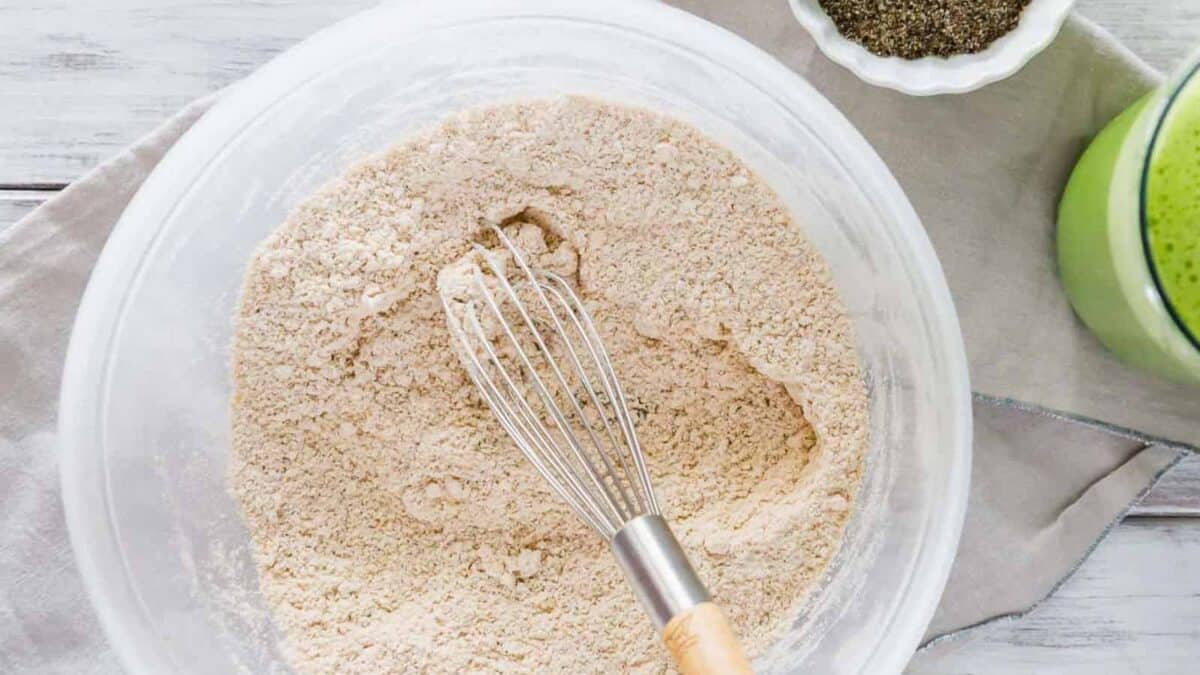
The urge to stir until smooth is strong, but when it comes to pancakes, stop while the batter still looks a little lumpy. Overmixing develops the gluten in the flour, which leads to a tougher texture that kills the fluff. A few streaks of flour are better than a stack that chews like rubber. Mix just enough to combine the ingredients and then walk away.
Let the Batter Rest
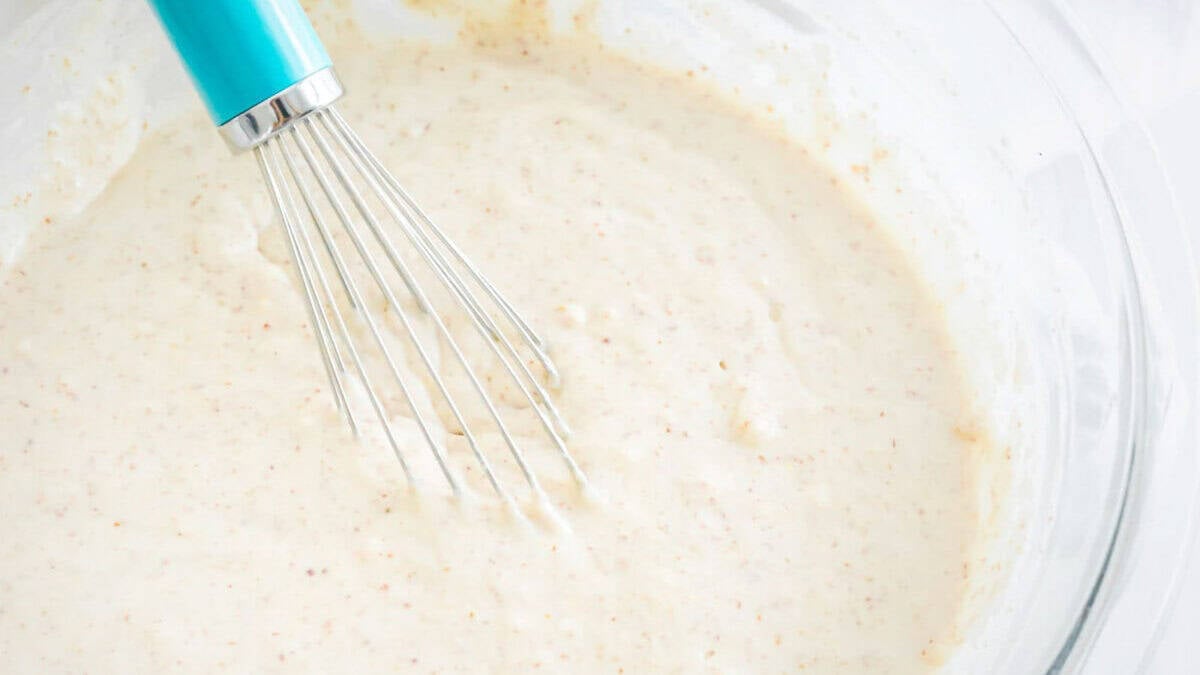
Give the batter a few minutes to rest before it hits the griddle. This short break gives the flour time to hydrate and lets the leavening agents start working. The batter thickens slightly and the texture improves without any extra effort. It’s one of the easiest ways to make sure your pancakes come out light and soft instead of flat and gummy.
Separate and Beat Egg Whites
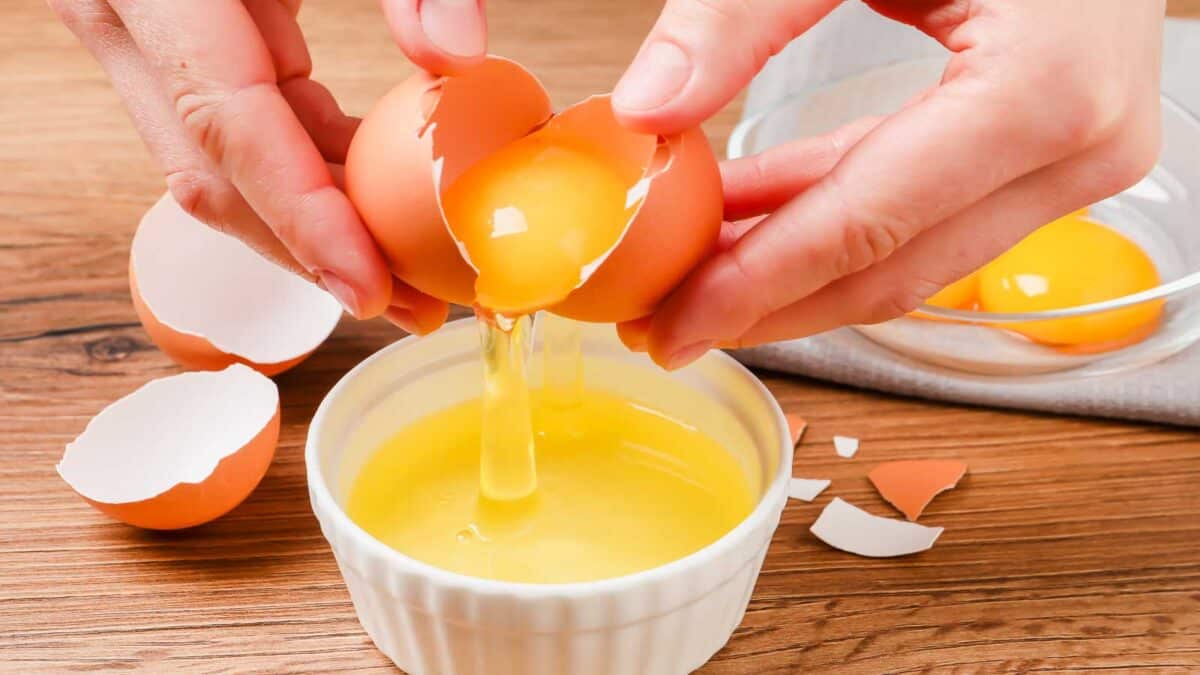
If you want pancakes with extra height, this move is worth the time. Separating the eggs and beating the whites until stiff adds air to the batter, which helps it puff up when it cooks. Folding them in gently keeps that air from collapsing. It’s a trick used in soufflés for a reason, and it absolutely works for pancakes too.
Use Buttermilk

Buttermilk changes everything. It reacts with baking soda to create small bubbles throughout the batter, which helps pancakes rise as they cook. It also adds a subtle tang that gives the stack a little more depth in flavor. If you don’t have buttermilk, there are easy substitutes, but the real thing brings the best results.
Preheat the Griddle

Cooking pancakes on a griddle that isn’t hot enough is one of the quickest ways to ruin a batch. If it’s too cool, the batter spreads before it sets and doesn’t get the structure it needs. If it’s too hot, the outside burns while the inside stays raw. A steady medium heat is the sweet spot. Test it with a drop of water before you start, if it sizzles and evaporates, you’re good to go.
Avoid Pressing the Pancakes
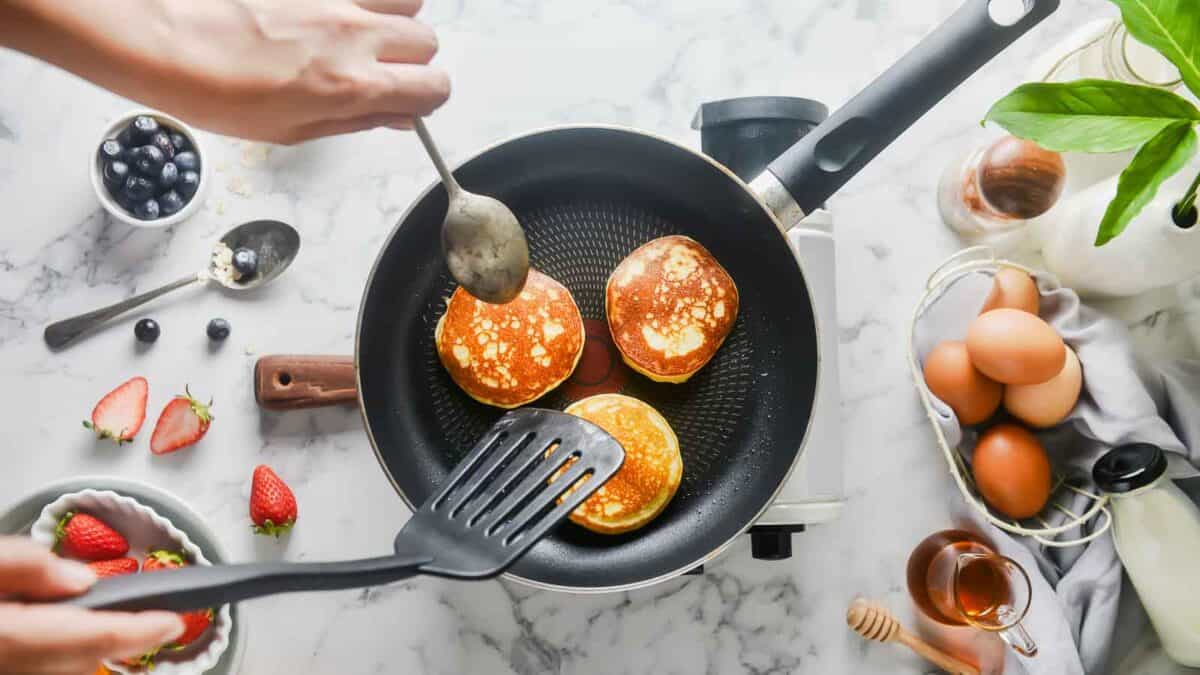
Flattening pancakes with a spatula while they cook presses out all the air you worked to build into the batter. It doesn’t help them cook faster, it just squashes them. Let the pancakes rise on their own and flip them when it’s time. You’ll end up with a taller, softer stack that doesn’t feel dense on the plate
Flip Once Bubbles Form

Timing matters. Flipping too early can cause pancakes to fall apart or cook unevenly. Wait until you see bubbles form across the top and the edges start to look dry. That’s your signal. A single, confident flip is all it takes. After that, leave them alone and let the other side finish cooking without interference.
Use the Right Flour
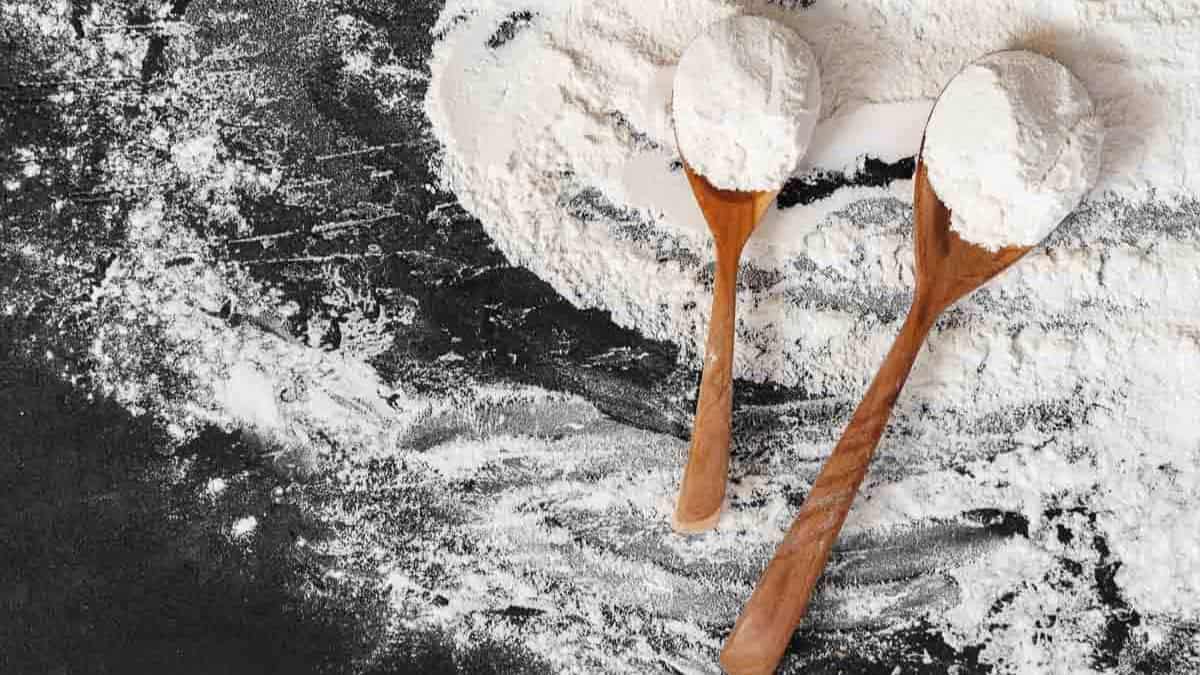
All-purpose flour is your best bet for a fluffy stack, but adding a little cake flour can make the texture even lighter. Cake flour has less protein, which means less gluten and a softer bite. Skip the heavier whole grain flours for this. The goal here is height and tenderness, not density.
Keep Pancakes Warm in the Oven

If you’re making a big batch, keep the finished pancakes in a low oven so they stay warm without drying out. A baking sheet in a 200-degree oven keeps the stack soft and fluffy until the last one is off the griddle. This way, everyone gets a hot plate at the same time, and none of your effort goes to waste.
Measure Properly

Measuring ingredients by eye might work for dinner, but pancakes need a little more precision. Too much flour makes the batter heavy, and too little leavening flattens your stack before it even cooks. Use measuring cups or a scale if you have one. Getting the ratios right from the start gives you a better shot at pancakes that actually rise instead of spreading into sad little disks.
21 Pancake Stacks To Drench In Syrup And Call It Self-Care

Some mornings need more than coffee. They need a fat stack of pancakes and a shameless pour of syrup to make things feel a little more manageable. This list is for those days when carbs are the answer and breakfast should taste like comfort.
Read it Here: 21 Pancake Stacks To Drench In Syrup And Call It Self-Care
Gina Matsoukas is an AP syndicated writer. She is the founder, photographer and recipe developer of Running to the Kitchen — a food website focused on providing healthy, wholesome recipes using fresh and seasonal ingredients. Her work has been featured in numerous media outlets both digital and print, including MSN, Huffington post, Buzzfeed, Women’s Health and Food Network.








